Mens Dinner Jackets
Sort by
163 products
Filters
Loading filtered products....
(0.0)
(0.0)
(0.0)
(0.0)
White and Purple Tuxedo Wedding Suit - White Dinner Jacket + Vest + Pants + Bow-tie
Sale priceFrom $194.00
(5.0)
(0.0)
(0.0)
(0.0)
(0.0)
(0.0)
(0.0)
(0.0)
(0.0)
(0.0)
Mens Vintage Style Brocade Pattern Tuxedo Dinner Jacket in Ivory Cream
Sale price$219.00
Ivory Tuxedo Dinner Jacket - Champagne Wedding Tuxedo With Bowtie
Sale price$179.00
White 2 Button Notch Lapel Dinner Jacket
Sale price$69.00
Mens Grey Shawl Lapel Tuxedo Jacket
Sale price$89.00
163 products
Read More +
Recently Viewed
Suits By Color
Albertonardoni.com offers
Interested in trying on Dresses at our Showroom?
Free shipping
Our customer always come first.
Give Us a Call












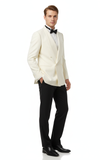

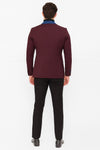

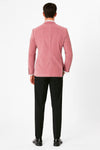

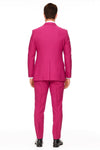
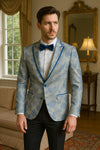
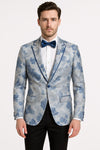
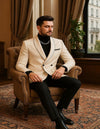
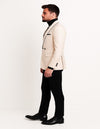
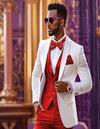

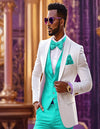

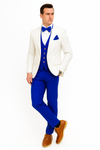


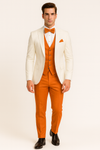
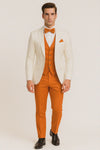
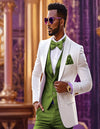
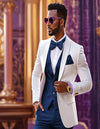
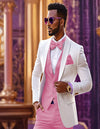
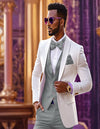
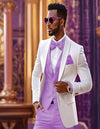
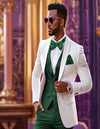
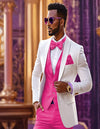
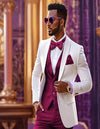
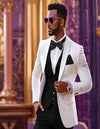
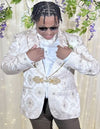
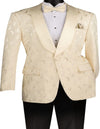
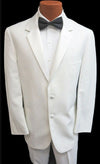
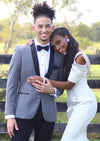
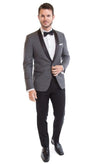

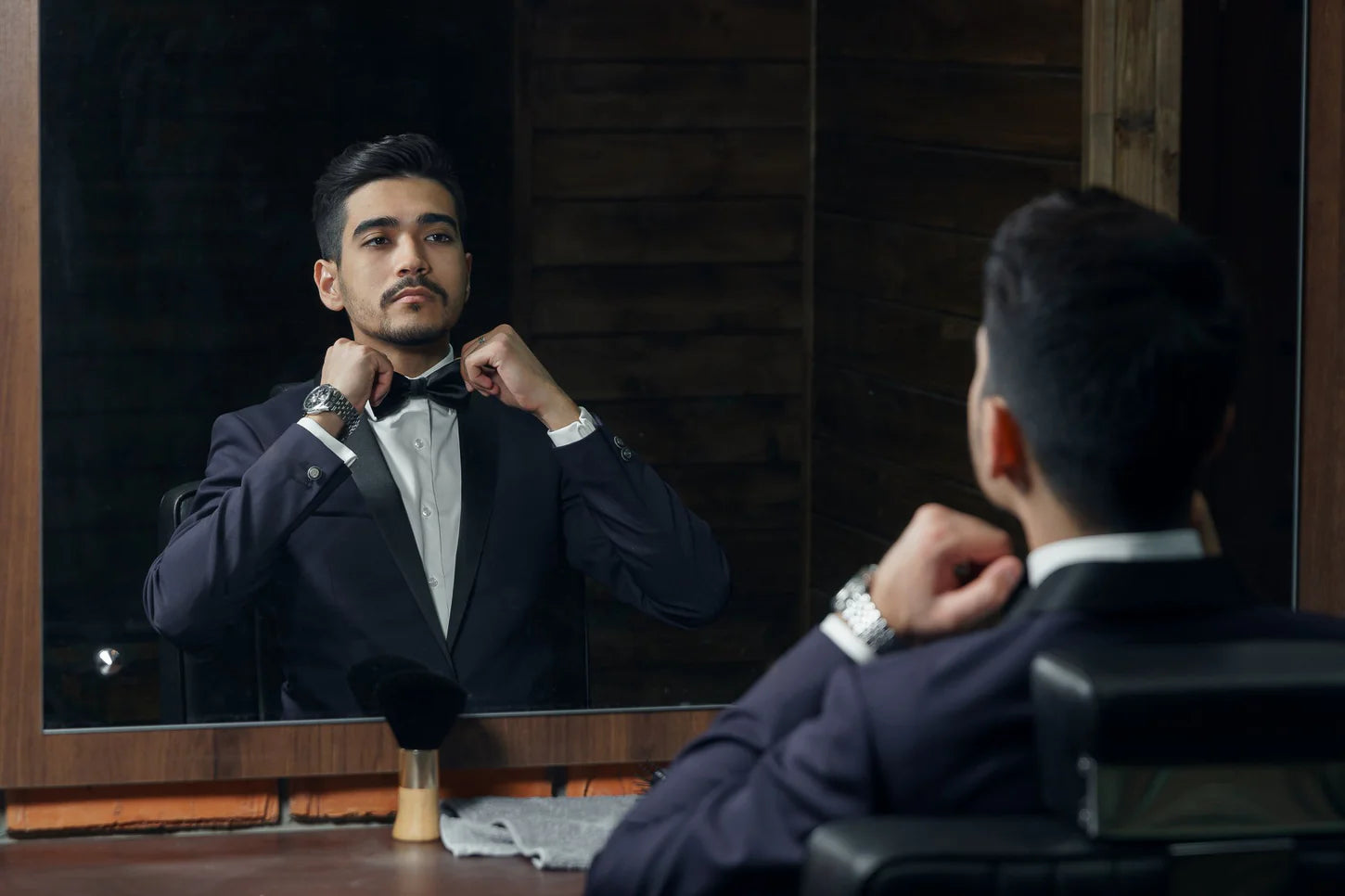
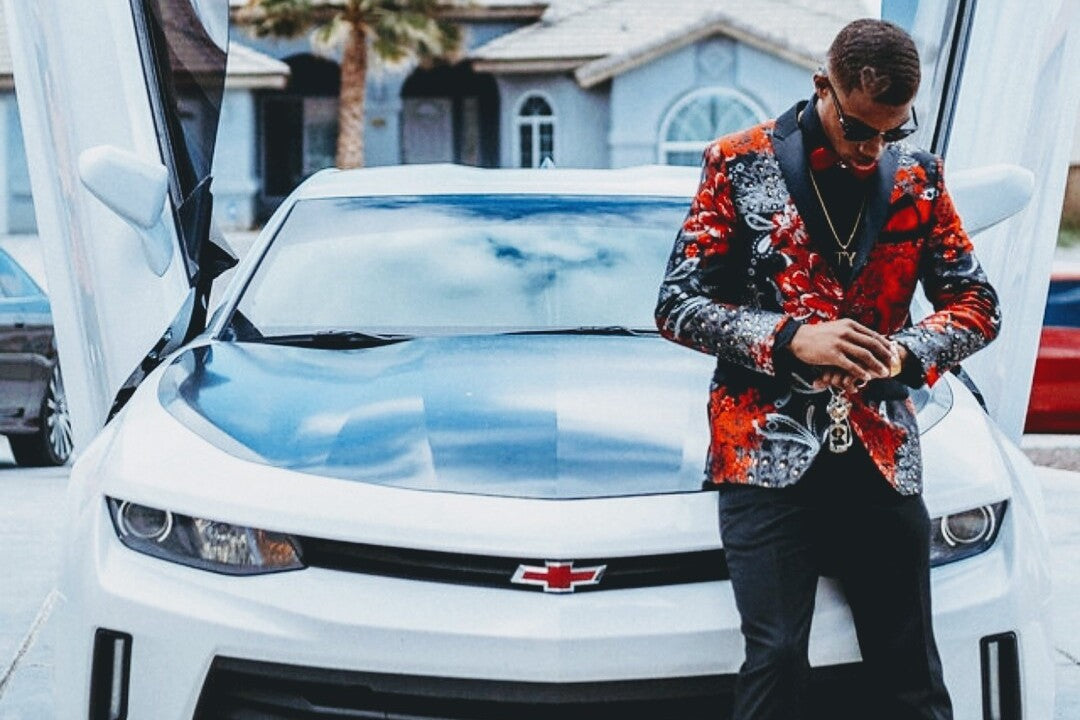
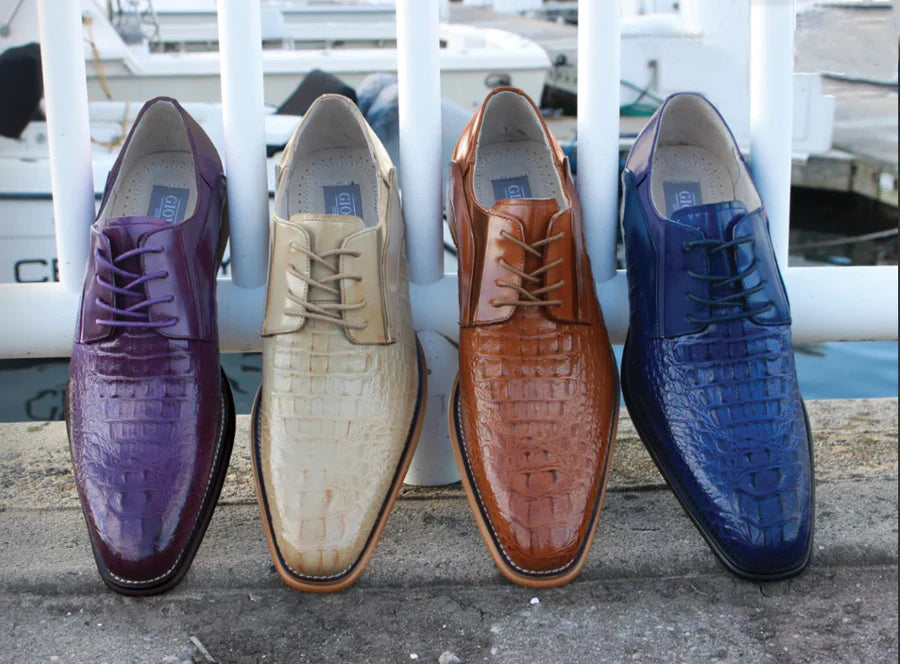
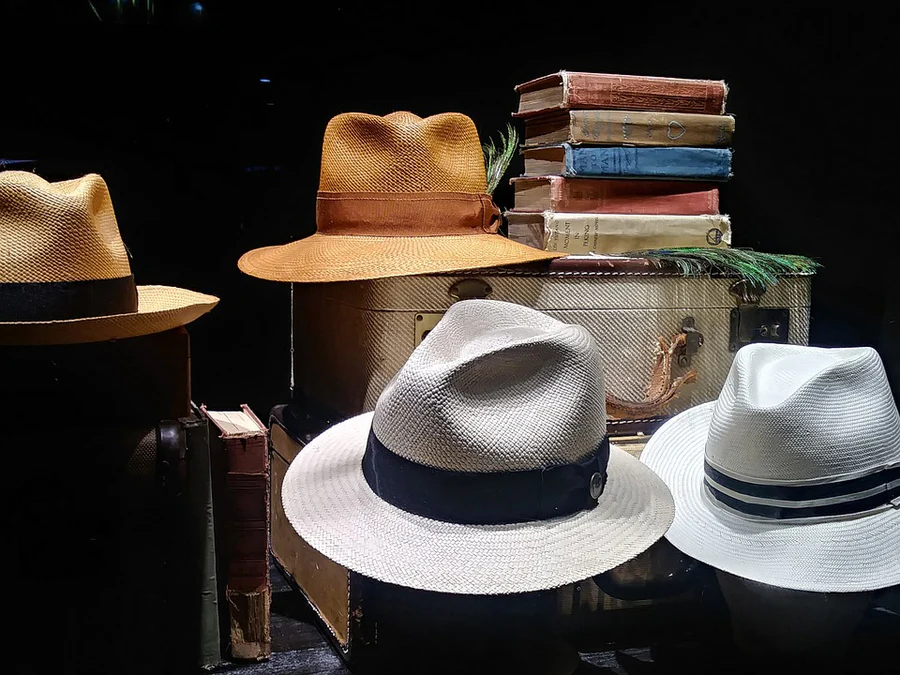
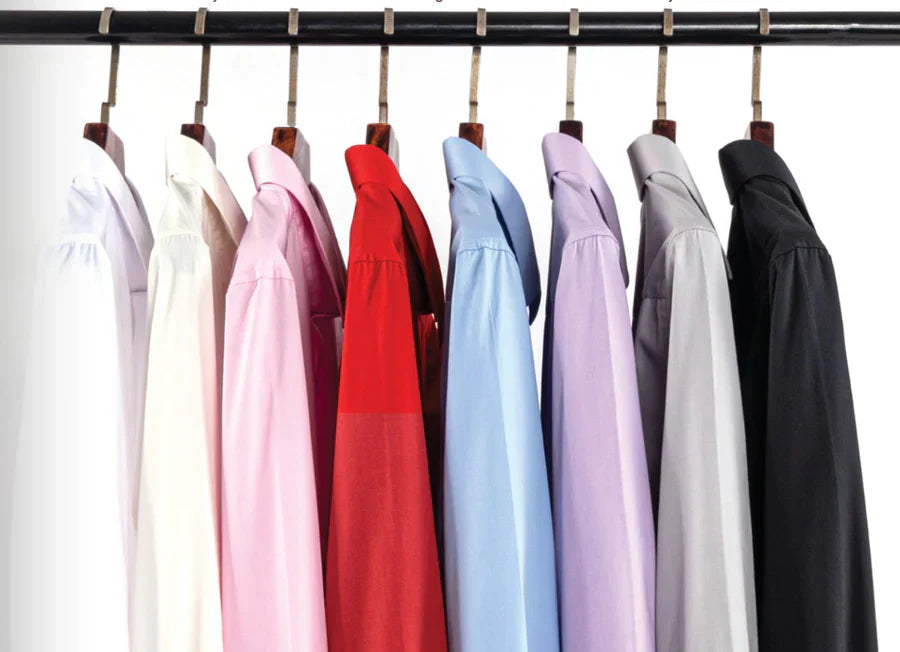
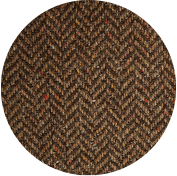
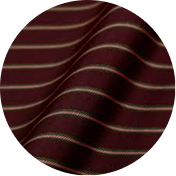
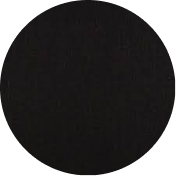
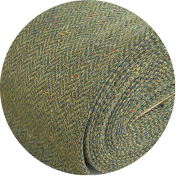
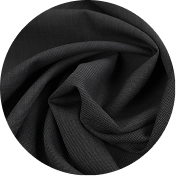
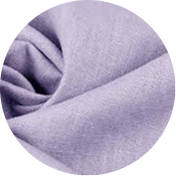

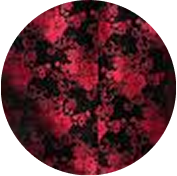
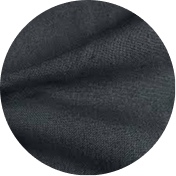
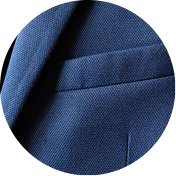

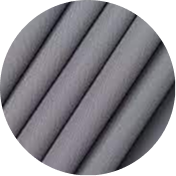
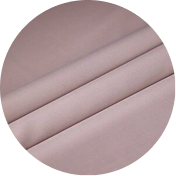
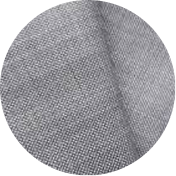
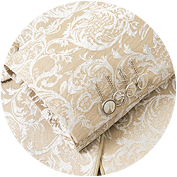
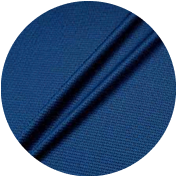
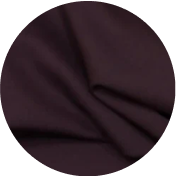
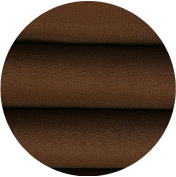
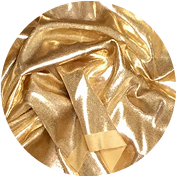
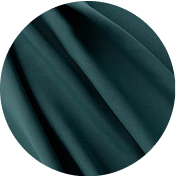
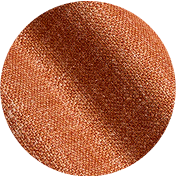
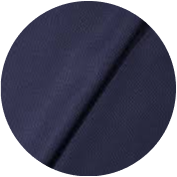
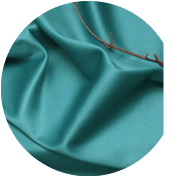
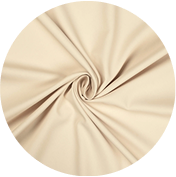
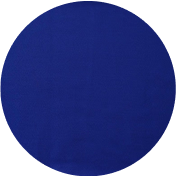
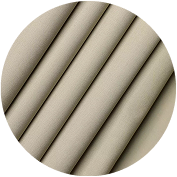
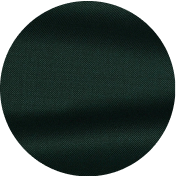

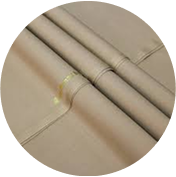
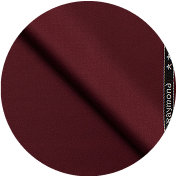
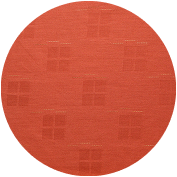
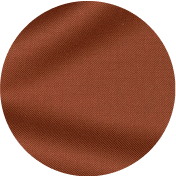
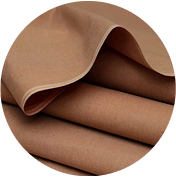
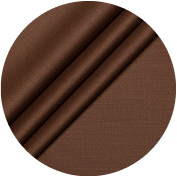
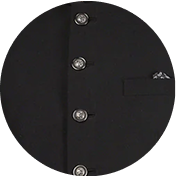
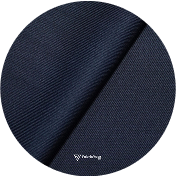
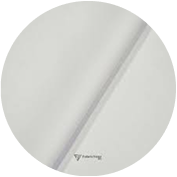
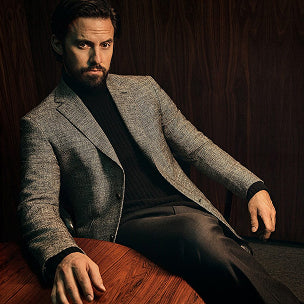
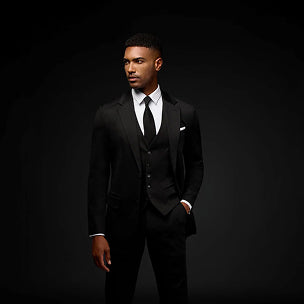
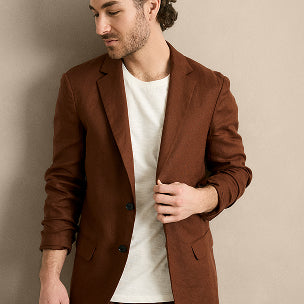
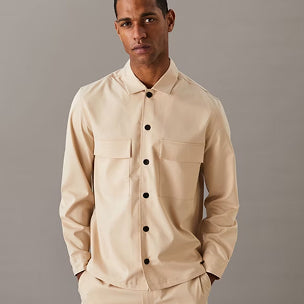
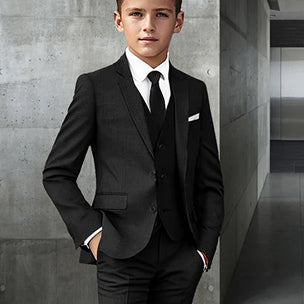
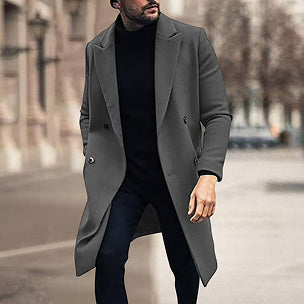
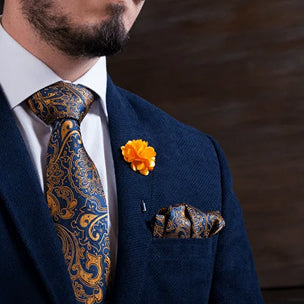
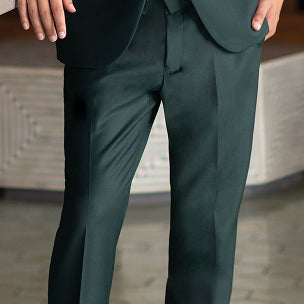
Mens jackets, or tuxedos, are traditionally associated with British and French fashion. They first became popular in the late 19th century, when they were worn by the upper classes to formal occasions. The original style of the tuxedo was based on the tailcoat, which was popular during the Victorian Era. The modern tuxedo is characterized by a black or midnight blue jacket with a single button, satin lapels, and matching trousers. dinner-jacket is a formal wear item that has been popular since the late 1800s. It is a style of jacket that is designed to be worn to formal events, such as dinner parties and black-tie events. The dinner jacket is usually tailored from a dark wool or velvet fabric and is typically associated with the classic tuxedo look. The dinner jacket is often paired with a white dress shirt, black trousers, and a black bow tie. The dinner jacket has become increasingly popular over the years and continues to be a staple in many men's wardrobe.
A men's dinner jacket (also known as a tuxedo jacket or dinner suit jacket) is a formal jacket, typically black or midnight blue, worn with a black or midnight blue bow tie as part of a men's eveningwear ensemble. The dinner jacket was originally considered a more formal alternative to the lounge suit, which was considered more casual. The dinner jacket is designed to be worn at formal events such as weddings, galas, and other special occasions. Traditionally, the dinner jacket is made of black or midnight blue wool, but it can also be made of other fabrics such as silk, velvet, or even linen. The jacket typically features peaked lapels, one or two buttons, and a single vent. The fit of the dinner jacket should be tailored and close to the body.
The dinner jacket should be worn with a dress shirt, bow tie, and trousers in the same fabric as the jacket. The shirt is typically white and has a wing or spread collar and French cuffs. The trousers should have a single braid or satin stripe running down the outside of the leg. The ensemble is completed with a pair of black patent leather shoes and black dress socks. A men's dinner jacket is a formal garment that is usually worn to formal events or black tie events. It is typically a black or midnight blue colored single-breasted jacket with a shawl collar, silk facings, and four or six buttons. It is usually made of wool or a wool blend. The hem of the jacket should fall just below the waist and should be complemented with matching trousers and a cummerbund or waistcoat. A white dress shirt with French cuffs and a bow tie should be worn with the dinner jacket.
A single-breasted jacket is the most common type of mens dinner jacket. It is characterized by a single row of buttons down the front, and a single lapel. It is a versatile style that can be dressed up or down, making it a great choice for any formal occasion. A single-breasted jacket is a type of men's or women's formal or semi-formal outerwear garment. It is generally characterized by a narrow overlap of fabric across the front, fastened with a single row of buttons. Single-breasted jackets typically have either two or three buttons, or either a notched or peaked lapel collar. The lapel is usually faced in the same fabric as the rest of the jacket, or with a contrasting satin or grosgrain material. The jacket may have either two or four pockets, although one pocket is more common. The bottom of the jacket usually has a single vent in the back, although there may be two. Single-breasted jackets are usually made of wool, but can also be made of other fabrics such as cotton, linen, or even silk.
Double-breasted jackets feature two rows of buttons down the front and two lapels. This type of jacket is more formal than the single-breasted style and is often seen worn by grooms at weddings. A double-breasted jacket is a jacket with two overlapping columns of buttons, and is a classic style of menswear. It typically has a wide lapel, and the front edges of the jacket overlap at the buttons. This style of jacket has been popular since the late 1920s, and is a classic feature of men's tailoring. Double-breasted jackets can be cut in a variety of shapes, ranging from a slim fit to a more traditional, roomier cut. The number of buttons and the lapel width will vary depending on the style, but the overall look of the jacket remains the same. The most common feature of the double-breasted jacket is its two columns of buttons. The buttons usually run diagonally across the chest, from the top of the left lapel to the bottom of the right lapel. The buttons may be covered with a fabric flap, or they may be exposed. Double-breasted jackets are typically worn with a shirt and tie, although they can also be worn without a tie.
A shawl collar jacket has a soft, rounded collar that wraps around the neck. This type of jacket is not as formal as the other styles, but still appropriate for semi-formal events. A shawl collar jacket is a type of jacket or coat that has a wide, shallow neckline and lapels that fold back. The lapels may be either a single piece of fabric or two separate pieces of fabric. This style of jacket is often seen in casual styles, such as bomber jackets and windbreakers. It is also seen in more formal styles, such as tuxedos and dinner jackets.Notch lapel jackets feature a "V" shaped notch at the base of the lapel. This type of jacket is less formal than the peak or shawl lapel styles and is usually worn to business functions and other semi-formal events. Notch lapel jackets are a type of formal jacket that feature a lapel that has a notch cut out at the collarbone. This style of jacket is a classic choice for formal events such as weddings, work events, and special occasions. Notch lapel jackets typically have a two-button closure and are usually made from a wool or polyester blend fabric. Notch lapel jackets are a timeless and classic menswear staple that will never go out of style.
Peak lapel jackets feature a "V" shaped peak at the base of the lapel. This type of jacket is more formal than the notch lapel style and is often seen worn to black tie events. A tuxedo jacket is a dressy, formal style of mens dinner jacket. It is typically made from black or midnight blue fabric and features a satin lapel and buttons. This type of jacket is reserved for the most formal of events. Peak lapel jackets are a type of formal wear blazer or suit jacket that features lapels that point upward and outward from the collar. Typically, peak lapel jackets are more formal than notched lapel jackets, and they are usually made from a heavier fabric. Peak lapels can be wide or narrow and are usually seen on double-breasted jackets. They are also commonly found on tuxedo jackets.
Mens dinner jackets provide a classic look and can be paired with any type of outfit. Whether you're attending a wedding, a gala, or a special event, mens jackets are sure to make you look your best. They come in a variety of styles, colors, and fabrics, so you can find the perfect one to match your individual taste and style. With a little shopping around, you can find a mens jacket that will make you look and feel your best. To know more about Men's dinner jackets visit today at www.albertonardoni.com